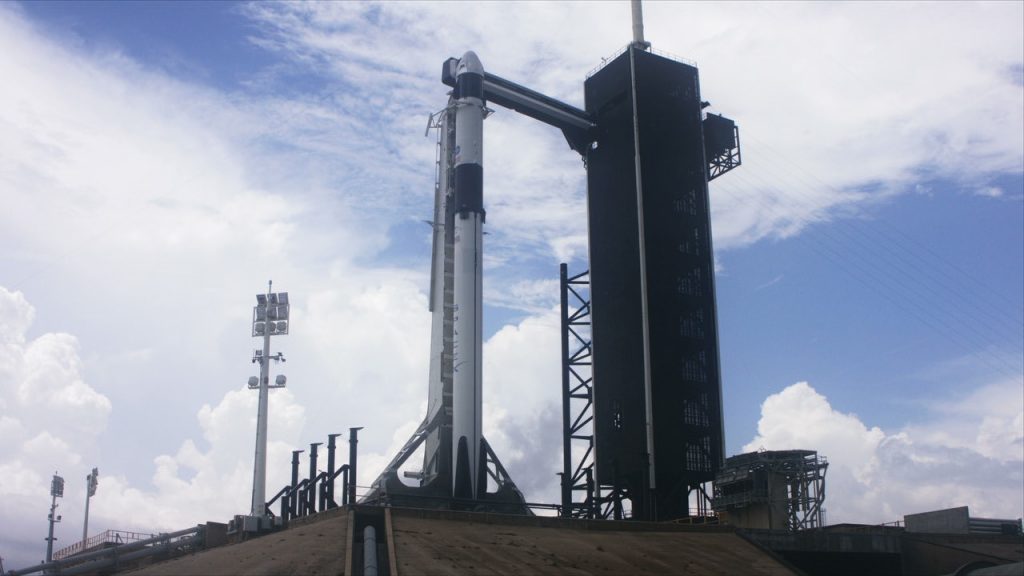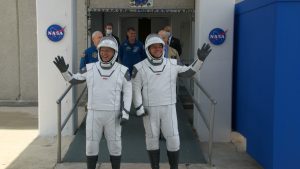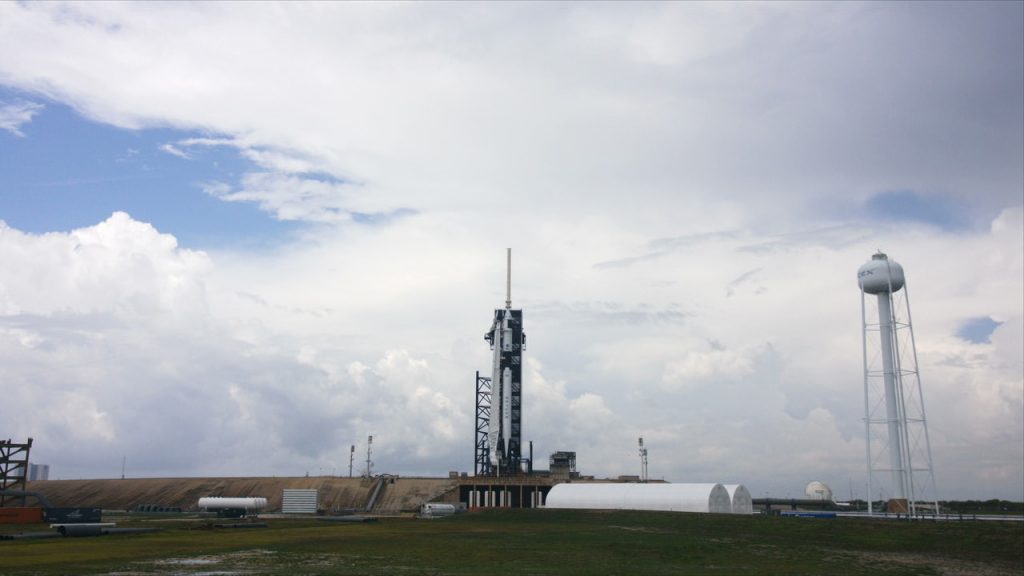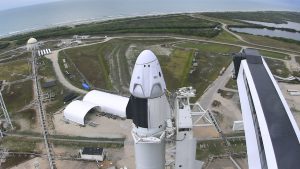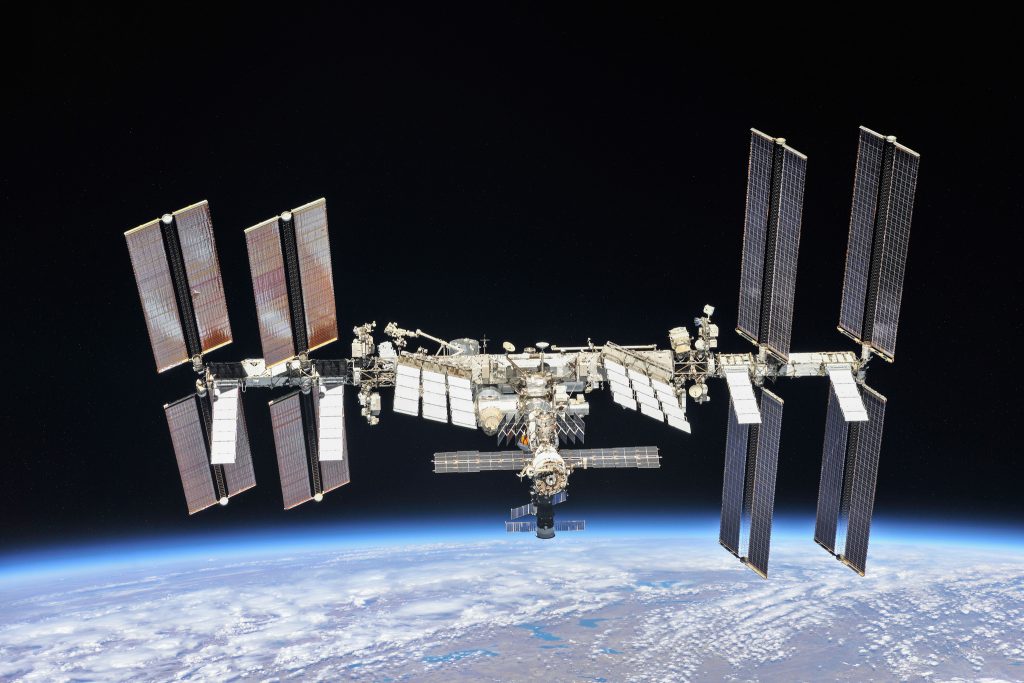
NASA astronauts Chris Cassidy and Robert Behnken concluded their spacewalk at 12:14 p.m. EDT. During the six hour and one-minute spacewalk, the two NASA astronauts completed half the work to upgrade the batteries that provide power for one channel on one pair of the station’s solar arrays. The new batteries provide an improved and more efficient power capacity for operations.
They successfully moved and connected one new, powerful lithium-ion battery and its adapter place to complete the circuit to the new battery and relocated one aging nickel-hydrogen battery to an external platform for future disposal.
They also loosened the bolts on nickel-hydrogen batteries that will be replaced to complete the power capability upgrade on the far starboard truss and complete the station’s battery replacement work that began in January 2017 with the first series of power upgrade spacewalks. Behnken and Cassidy will complete the work during the final two spacewalks later this month.
Cassidy and Behnken also will route power and ethernet cables in preparation for the installation of a new external wireless communications system with an enhanced HD camera and to increase helmet camera coverage for future spacewalks. To support future power system upgrades, they also will remove a device called an “H-Fixture” that was installed before the solar arrays were launched to the space station.
This was the eighth spacewalk for both each astronaut. Cassidy now has spent a total of 43 hours and 22 minutes spacewalking. Behnken has now spent a total of 49 hours and 41 minutes spacewalking.
Behnken and NASA astronaut Doug Hurley arrived at the space station in May aboard SpaceX’s Crew Dragon as part of NASA’s Commercial Crew Program’s Demo-2 mission. The end-to-end test flight is designed to validate the SpaceX crew transportation system, including launch, in-orbit, docking and landing operations, paving the way for its certification for regular crew flights to the station.
Space station crew members have conducted 229 spacewalks in support of assembly and maintenance of the orbiting laboratory. Spacewalkers have now spent a total of 60 days and 34 minutes working outside the station.
At 4 p.m. today, NASA astronaut Kate Rubins will discuss her upcoming second mission to the International Space Station, along with cosmonauts Sergey Ryzhikov and Sergey Kud-Sverchkov of the Russian space agency Roscosmos, during a news conference from NASA’s Johnson Space Center in Houston that will be broadcast live on NASA Television and on the agency’s website.
Learn more about station activities by following @space_station and @ISS_Research on Twitter as well as the ISS Facebook and ISS Instagram accounts.

